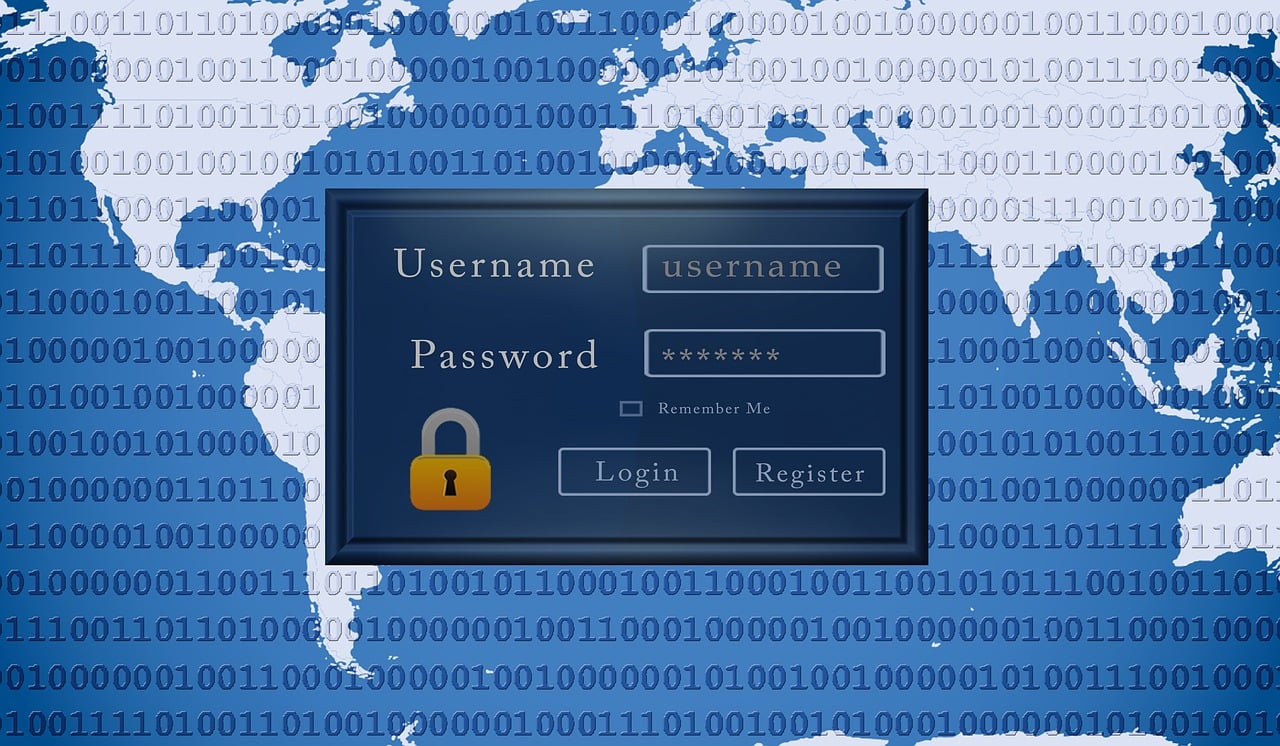The hybrid work model, blending remote and office-based work, offers flexibility but also introduces unique cybersecurity challenges. This evolving landscape demands proactive strategies to ensure businesses operate securely, no matter where employees are located. In this blog, we’ll simplify these challenges and offer straightforward strategies for business owners to minimize risks.
Simplifying access to company resources
In a hybrid environment, managing access to company resources is more critical than ever. Ensuring employees have access only to what they need helps protect sensitive data and reduces the risk of security breaches. Think of it as giving house keys only to those who require them.
- Role-Based Access Control (RBAC): Assigning permissions based on job roles ensures employees only access the data necessary for their work. This minimizes security risks, such as a marketing team accessing financial records.
- Automated access management: Automating the process of granting and revoking access saves time and reduces the chances of human error. Employees receive access promptly when needed and lose access just as quickly when their role changes.
- Secure authentication methods: Encouraging strong, unique passwords and implementing Single Sign-On (SSO) helps reduce password fatigue while maintaining a high level of security.
Spotting security risks
With employees spread out across various locations, identifying security threats becomes more complex. Traditional monitoring methods may not be enough, and businesses need smarter tools to detect risks before they escalate.
- Endpoint Detection and Response (EDR): Monitoring devices for suspicious activities, such as unauthorized access or malware, helps businesses respond in real time with automated threat mitigation.
- Behavioral analytics: Using machine learning to detect unusual behaviors, such as accessing files at odd hours, triggers alerts for IT teams to investigate potential threats.
- Regular security audits: Conducting routine security assessments helps identify vulnerabilities before they become major risks. These audits should include penetration testing, vulnerability scans, and compliance checks.
Flexible security rules
In hybrid work environments, one-size-fits-all security policies don’t work. Flexible security measures allow businesses to adapt to various risks, ensuring strong protection whether employees are in the office, at home, or on the go.
- Conditional access policies: Adjusting security requirements based on factors like device health, location, or risk level ensures employees working from public Wi-Fi networks undergo stricter security checks than those in the office.
- Zero Trust Architecture: Operating under the assumption that threats can exist both inside and outside the network requires continuous verification of user identity and device security before granting access.
- Granular permission settings: Fine-tuning data access controls, such as setting read-only permissions for sensitive files or implementing time-limited and geo-restricted access, enhances security without disrupting workflow.
Practical tips for business owners
Business owners play a key role in fostering a security-conscious culture. Simple, proactive steps can significantly reduce risks and create a more secure working environment for everyone.
- Educate your team: Conducting regular cybersecurity training sessions and running phishing simulations help employees recognize and respond to potential threats.
- Encourage secure connections: Using Virtual Private Networks (VPNs) ensures data is transmitted securely, while promoting safe Wi-Fi practices helps protect sensitive information at home and on the go.
- Implement extra security steps: Requiring Multi-Factor Authentication (MFA) for critical systems and ensuring devices are encrypted can prevent data breaches, even if a device is lost or stolen.
- Keep systems updated: Enabling automatic updates for software and security tools and using centralized patch management ensures consistency across all company devices.
- Guide on home network security: Providing employees with best practices for securing home routers, such as changing default credentials and setting up separate networks for work and personal devices, enhances security beyond the office.
Developing an incident response plan
Even with the best security measures, incidents can still occur. Having a well-structured incident response plan ensures quick, effective action to minimize damage and recover swiftly.
- Incident response team: Designating key personnel, such as IT, legal, and communication specialists, ensures an organized response to cybersecurity incidents.
- Clear communication channels: Establishing defined protocols for reporting incidents and documenting events helps ensure quick and efficient resolution.
- Regular drills: Conducting simulated cyberattacks and incident response drills helps refine the response plan and prepares employees for real-world scenarios.
Embracing a security-first culture
Cybersecurity isn’t just an IT issue—it’s a business priority. Building a security-first culture helps everyone in the organization stay vigilant and committed to protecting company data.
- Leadership involvement: When leaders actively promote cybersecurity best practices, employees are more likely to follow them. Regular discussions on security topics reinforce its importance.
- Recognition and rewards: Acknowledging employees who demonstrate strong security habits encourages company-wide adoption of cybersecurity best practices.
- Continuous improvement: Staying informed about emerging threats and investing in ongoing training ensures businesses remain prepared against evolving cyber risks.
Conclusion
Managing cybersecurity in a hybrid environment doesn’t have to be overwhelming. Simplify resource access, monitor for unusual activities, and adapt security rules to protect your business. Implement practical measures like employee education, secure connections, and strong authentication to create a multi-layered defense.
With the right strategies, you’ll support a secure and flexible work environment that safeguards your business. Reach out to our team for expert guidance on securing your hybrid workforce.
Love This Article? Share It!
Optimize IT operations with Microsoft Intune’s cloud-based device management and policy control, remote work support, and seamless integration with other Microsoft services to boost productivity and enhance security.
A password manager can streamline your security by storing all your credentials in one encrypted vault, simplifying logins with a single master password. Discover implementation tips for enhancing your digital security.
Ransomware attacks are on the rise, threatening businesses of all sizes. Discover how to defend your business with practical tips on preventing attacks and maintaining resilience.
Gain clarity as an accountant on the FTC Safeguards Rule and its implications for your business's data security. Discover effective strategies to ensure your company meets regulatory standards.
Discover six actionable tech tips to enhance your accounting firm's efficiency and security. From cloud adoption to cybersecurity, stay ahead of the curve.
Discover why Multi-Factor Authentication (MFA) is essential for securing your Microsoft 365 account against cyber threats. With simple setup options safeguard your data effectively.
As a business owner, it's difficult to determine which cybersecurity solutions are essential for your small business. Find the right solutions by considering three primary factors: effectiveness, user impact, price.
Learn about the primary and hidden costs that can devastate your business and why proactive cybersecurity measures are essential for safeguarding your company's future.
STAY IN THE LOOP
Subscribe to our free newsletter.












